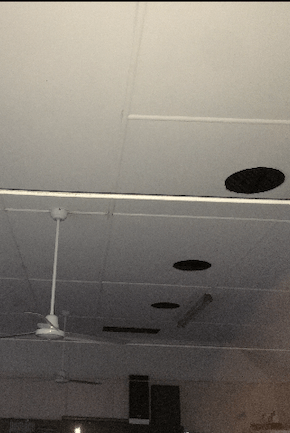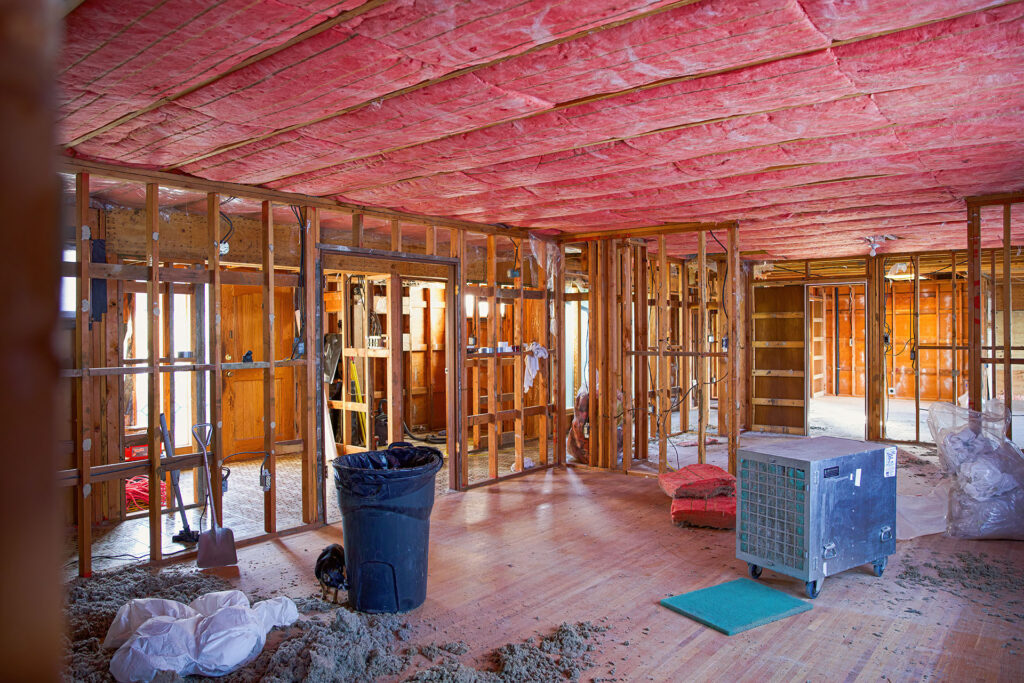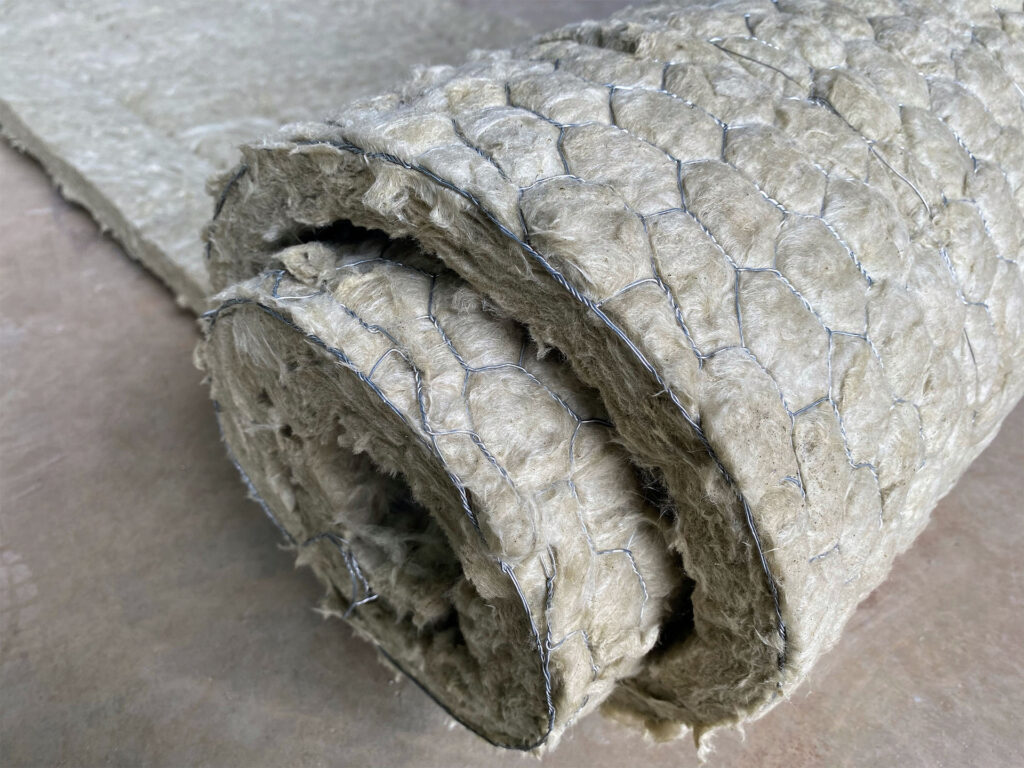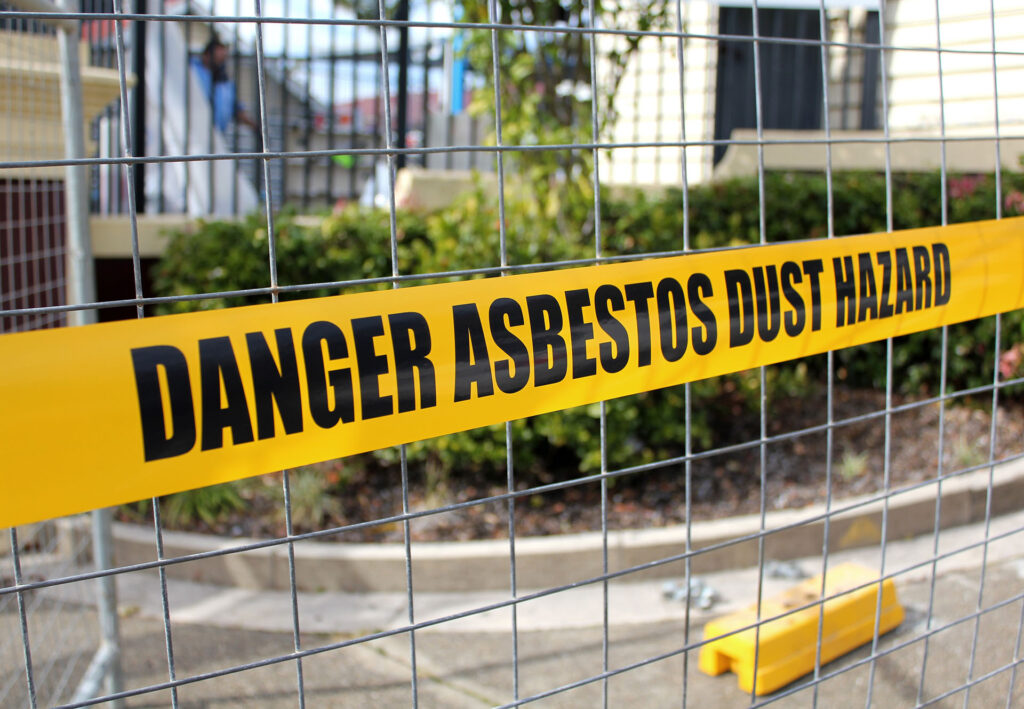On December 31, 2003, the Australian Government banned the use of Asbestos. The ban outlined that importing, manufacturing, selling, storing, supplying, using, or reusing asbestos in any form, friable or non-friable is a punishable offence.
The country-wide ban that came into effect in late 2003 was the result of decades of activism, fact-finding researches, and scientific discoveries that linked asbestos with several dangerous health risks.
Over the last few years, the government has put in place stringent regulations about the removal of asbestos. There is a concerted effort being made to remove, dispose and manage asbestos-related waste only by people that are trained and certified to do so.
Asbestos: Where was it used in the Construction of Homes?
For decades, asbestos was the preferred choice of construction material in both commercial, as well as residential places. It has been used in a range of different activities like-
- Used in the construction of roofing
- Insulation works- piping, heater, and stove
- Fencing homes
- Flooring, Carpet underlay, and Vinyl laying
- Wall Sheeting (mixed with Cement) and Ceilings
In addition to the above, asbestos use also found its way to the construction of gutters, eaves, and chimney flues. In other words, almost all the areas of the home used asbestos in some form or the other.
We have seen that their has been consistent use of asbestos in both friable as well as non-friable forms in homes and offices. Being cheap and easily available makes asbestos the preferred choice of construction material for Australian homes for decades.
Why did Asbestos become popular as a Construction Material from the 1930s onwards?
There were a number of reasons why asbestos became a popular choice of construction material.
- Insulation Qualities-
As a material, asbestos has been widely dubbed for being one of the best at providing insulation. This means when it was warm outside, asbestos could create a cooler environment indoors. Likewise, if it was too cold outside, asbestos would trap the warm air inside and not allow it to escape. This is why it was used in stoves, chimney flues, and for other insulation purposes.
- Durable and Tough-
Whenever we choose any construction material, the first thing that we check for is toughness and durability. In the case of asbestos, it was found to be increasingly resilient and tough. Asbestos made roofs could survive for decades at a stretch without experiencing any major wear or tear. Braving the natural elements including rain, storms and hurricanes were easy.
- Fire and Electricity Resistant-
If you made homes with wooden roofing solutions, you stood the risk of the home catching fire and the roof collapsing on the inhabitants. Likewise, electricity conduction was thought of as being dangerous. Asbestos provided the perfect choice as it was neither inflammable nor did it conduct electricity. This helped it grow in its popularity.
- Affordable and Easily Available-
Up until the 1970s, Australia was one of the biggest exporters of Asbestos. In fact, Australia exported Asbestos to Japan, the United States, and even the United Kingdom. The mining continued till the late 1980s. This made asbestos being abundantly available for local use. Everywhere you looked, you could see asbestos roofing, ceiling, wall solutions, and occasionally carpet underlay.
- Malleable Nature of Asbestos-
Being highly malleable by nature asbestos could take upon any shape you would want it to take. You could push out sheets and use them on the roof, or you could cut out chunks and integrate them to strengthen the walls. This malleable nature made it easy to work with as it could be molded to take any shape or form that was required.
Diseases Linked to Asbestos Use in Australia
As we have already pointed out, several scientific studies in the 1990s were responsible for proving the detrimental effects of asbestos use on human beings. Prolonged exposure to both forms of asbestos, friable as well as non-friable could lead to life-threatening diseases and cancers.
Mesothelioma has killed more than 10,000 individuals in Australia alone. It is an aggressive form of cancer that has been linked to asbestos fibers settling in the vital lining of the organs like the lungs, stomach, and heart. The inhalation of asbestos allows them to be ingested and get stuck in the lining of the organs.
Over time, they corrode the lining and cancer starts attacking the organs. According to leading experts in Australia, Mesothelioma is expected to take the lives of more than 25,000 Australians over the next four decades.
The Final Word
Governments are critical of asbestos use. Almost all developed countries in the world have banned the manufacturing and use of asbestos. Their are proper certifications in place if you want to remove and dispose of asbestos. Bear in mind that this process should only be done by trained, licensed, and certified professionals and not by someone who does not have any idea of the same.





